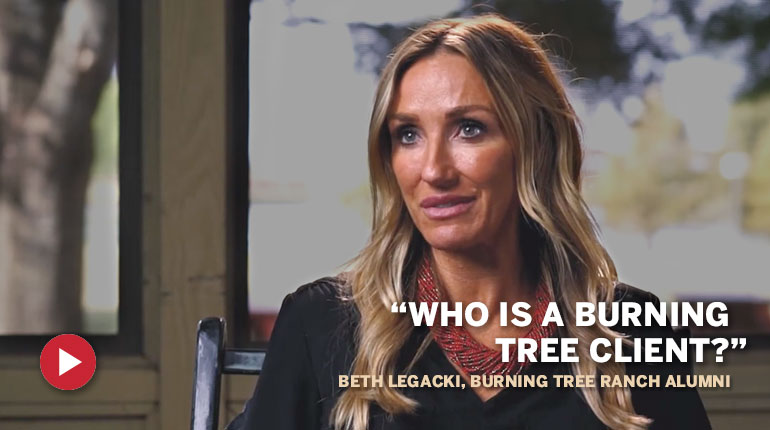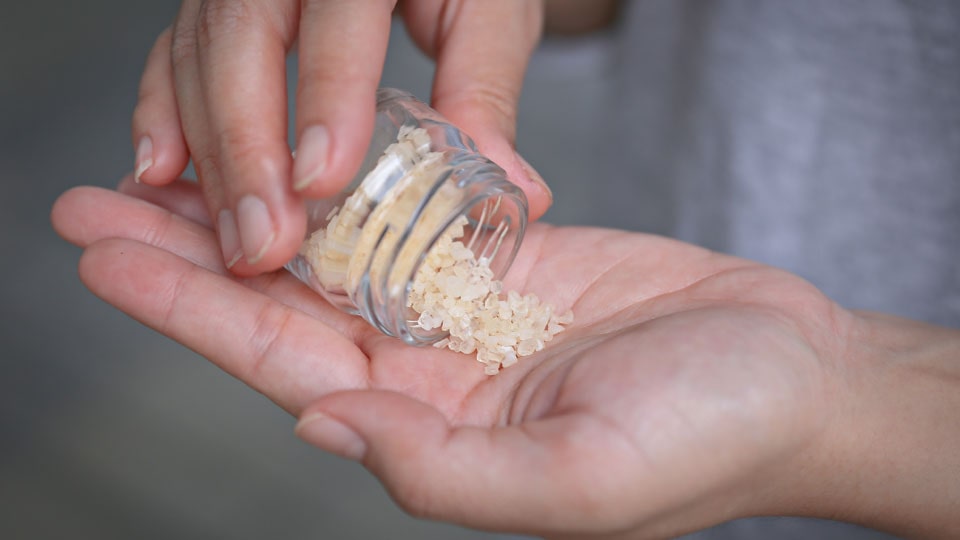When you hear the names, Ivory Wave, Red Dove, Pure Ivory, Bliss, Blue Silk, White Lightning, Cloud Nine, Meow Meow, and Vanilla Sky, you can easily be transported to a place where stress dissolves and relaxation surges through your body. Ivory Wave, Red Dove, Pure Ivory, Bliss, Blue Silk, White Lightning, Cloud Nine, Meow Meow, and Vanilla Sky are the most common names for a synthetic drug called bath salts. Bath salts have no recognized medical use in the U.S.; hence, it’s marketed on the Internet or sold in the U.S. as a novelty item.
While the names it is marketed under seem pleasant, the smell or aftermath is anything but that. Users describe it as having an unpleasant odor, similar to bleach and/or urine. It’s often a chunky white to light-yellow powder with some varieties being gray or even light blue. It can be snorted, smoked, vaporized, injected or eaten. The crystal-like powder acts as a stimulant, much like cocaine or methamphetamine. It often contains lab-produced chemicals such as mephedrone and MDPV (methylenedioxypyrovalerone). The stimulants can cause paranoia, hallucinations, rapid heart rate, insomnia, and even suicidal tendencies.
According to a recent ABC News report, one of the factors contributing to abuse of bath salts may be the restriction of sales of pseudoephedrine, a key ingredient in making methamphetamine. Evidence and first-hand knowledge from individuals seeking treatment points to many bath salt users being meth and heroin addicts, but substituting drugs due to easier access and availability.
Are bath salts becoming more of a trend in the United States?
The American Association of Poison Control Centers, reports that in 2010 there were 302 calls regarding bath salts. In 2011 poison control centers took 6,138 calls that pertained to the use of bath salts. As of May 2012, they have received 1,302 calls regarding bath salts, which seem to be more popular in people ages 20 to 29.
Arrests and convictions of individuals abusing bath salts are too many to name, but convictions for selling bath salts are just starting. One of the first reported in Texas is Jimmy Wayne Wright, the 67-year-old Odessa man who owned B&L Bookstore. Wright pleaded guilty in federal court to the possession with intent to distribute the drug commonly known as bath salts.
Assistant U.S. Attorney John Klassen said the man, whose bookstore was raided by DEA Agents on Jan. 31 for possible cocaine charges, also was charged with several counts of possessing cutting agents for cocaine and for possessing multiple firearms as a convicted felon.
Klassen said the bath salts were often marketed as pipe cleaner, plant food and stain remover. It’s also further proof of what many law enforcement agents have suspected for a short time now. Individuals are mixing, cutting, or “lacing,” bath salts with illegal street drugs such as cocaine and meth.
When talking about treating individuals who are addicted to synthetic drugs, such as bath salts, the National Institute on Drug Abuse (NIDA) recommends detoxification, followed by medication (where applicable) and behavioral therapy, followed by relapse prevention.
According to NIDA, effective treatment must address medical and mental health services as well as follow-up options, such as community- or family-based recovery support systems.





